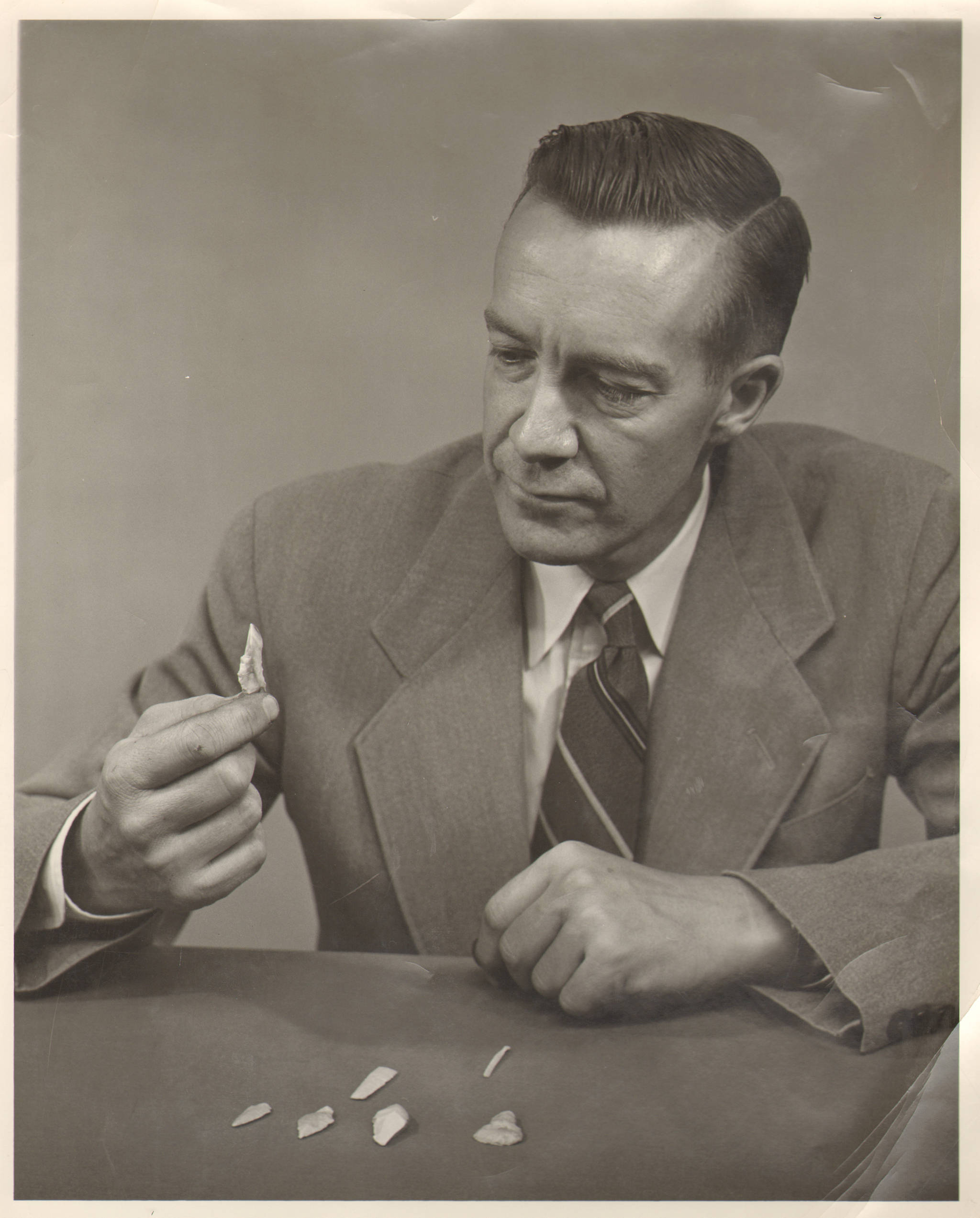Two-hundred and thirty-six years ago, when General George Washington marched back into New York City as British troops were walking out, a volcano erupted in Iceland.
For eight months in 1783, Laki volcano spewed lava and belched noxious fumes into the atmosphere. One-quarter of the residents of Iceland died, and the sulfur-rich gases that spread worldwide reflected the sun’s rays, making many places on Earth cooler.
Using evidence held in white spruce trees, researchers think the Laki eruption was a catastrophe for northwest Alaska residents, who had no idea why their July turned into November that year.
Rosanne D’Arrigo of the tree-ring lab at Lamont-Doherty Earth Observatory in New York recently told the story of Alaska’s year without a summer. She attended the fall meeting of the American Geophysical Union last month in Washington, D.C.
On a poster in a cavernous meeting hall there, she displayed a photo of tree rings from a white spruce tree from Alaska. Amid a series of dark lines is a faint one that lines up with the year 1783.
Tree rings are thick-walled cells that form in conifers late in the growing season. The hard-to-see tree ring in D’Arrigo’s example shows a most unusual year, 1783, amid centuries of normal spruce growth.
D’Arrigo, Alaska archaeologist Karen Workman and the late Gordon Jacoby once wrote of a “disaster for northwest Alaska Inuit” caused by the Laki eruption and the cold temperatures that followed. The scientists based their conclusion in large part on cores of wood pulled from white spruce trees at northern treeline.
James Louis Giddings gathered many of those plugs.
In June of 1940, Giddings, an archaeologist and mining engineer educated at UAF, flew from Fairbanks to Allakaket. Once in that small village, he aimed his compass at a mountain pass across the Koyukuk River that would lead him to the headwaters of the Kobuk River.
Giddings then started walking. He carried a 40-pound pack and a .22 rifle, along with “a change of heavy underclothes one must wear as mosquito protection.”
He lashed together a log raft when he reached the Kobuk River. He floated its length, taking tree cores along the way and stopping at known and possible archaeological sites.
At the mouth of the Kobuk, he turned right and traveled up the Noatak River. When Giddings was finished there, he went on to the Seward Peninsula, not finishing his scientific journey until he walked into the town of Haycock, not far from today’s village of Koyuk.
In fall of 1940, Giddings wrote his master’s thesis, detailing his remarkable season of fieldwork and the hundreds of tree cores he acquired.
Half a century later, scientists at Lamont-Doherty used some of Giddings’ samples. With tree-ring records from Giddings and others in Alaska and the real weather-station data gathered at the University of Alaska and other places, the researchers reconstructed Alaska summer temperatures from the late 1600s to the present.
They figured average Alaska temperatures from May to August were about 53 degrees Fahrenheit for most of that time. In 1783, the May to August average temperature was about 44 degrees.
“You have this anomaly that’s off the charts,” D’Arrigo said.
To further show the weirdness of 1783, the Lamont-Doherty scientists also cited a book of oral traditions from Natives of northwest Alaska, written by William Oquilluk.
In the book, Oquilluk describes four ancient legends, each linked to the near-extinction of everyone living in northwest Alaska. The first two events were too far back for the researchers to imagine what they might have been. The fourth and most recent disaster was the influenza epidemic of 1918 that hit Alaska and the rest of the world so hard.
The researchers argued that the third calamity in northwest Alaska was linked to the Iceland eruption. Oquilluk wrote of it as “The Time Summer Time Did Not Come.”
That year (perhaps 1783), in the springtime migratory birds had returned to Alaska and all seemed normal, until after June passed. Then, “suddenly it turned into cold weather … and people “could not go out hunting and fishing,” Oquilluk wrote.
“In a few days, the lakes and rivers, recently thawed, froze over. Warm weather didn’t not return until spring (early April) of the next year,” the Lamont-Doherty scientists wrote in their 1999 paper.
• Since the late 1970s, the University of Alaska Fairbanks’ Geophysical Institute has provided this column free in cooperation with the UAF research community. Ned Rozell (ned.rozell@alaska.edu) is a science writer for the Geophysical Institute.

